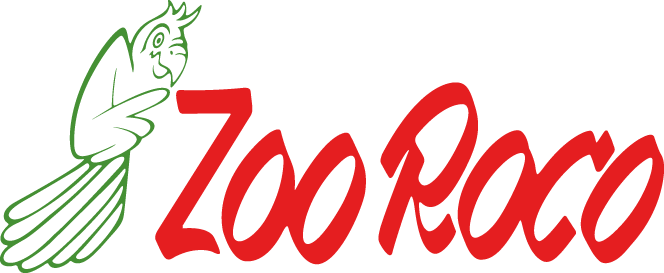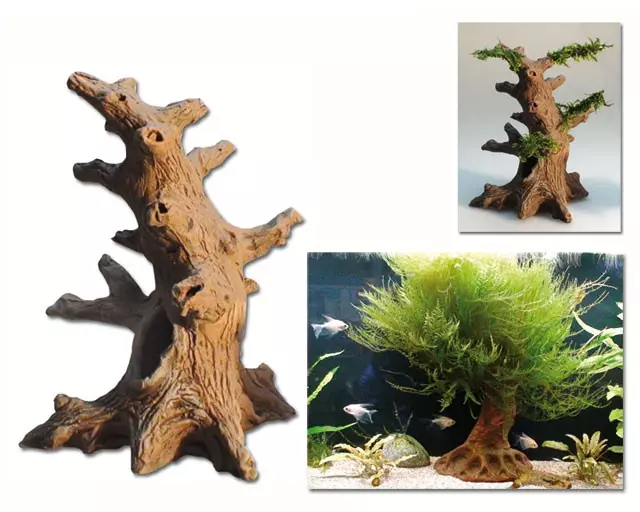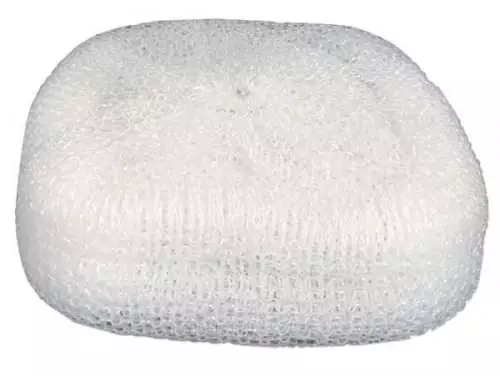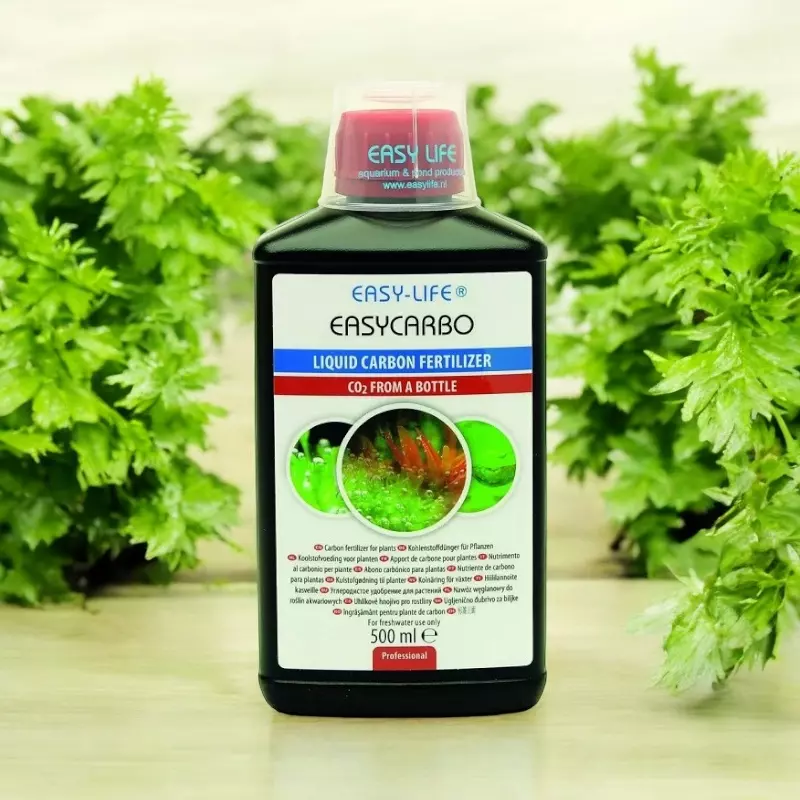

CHF 6.50
Stock: 0
Available in 1-3 days, acquisition time 14 days

🌱 Echinodorus quadricostatus 'Tenellus' InVitro
Grassy ground cover for your aquarium
Echinodorus quadricostatus 'Tenellus ' - often referred to simply as Tenellus - is a popular ground cover for aquariums with a grassy appearance. The narrow, fresh green leaves quickly form dense plant carpets and are ideal for the foreground or midground. The plant is visually similar to Lilaeopsis or Eleocharis, but grows faster and is more robust.
Aqua Art's in-vitro cultivation guarantees a snail and pesticide-free plant - perfect for shrimp tanks, aquascapes and sensitive animals. Tenellus also grows in medium light, spreads via runners and creates a natural "lawn effect" in the aquarium.
✅ Advantages at a glance:
-
Robust & fast-growing ground cover
-
Fresh green for near-natural underwater landscapes
-
InVitro - free from harmful substances, safe for shrimps
-
Forms dense carpets quickly due to runners
-
Easy to care for & adaptable - ideal for beginners
-
Suitable for the foreground or middle ground
📋 Product details:
-
Name: Echinodorus quadricostatus 'Tenellus'
-
Type: Ground cover / foreground plant
-
Placement: Foreground to midground
-
Growth height: approx. 5-10 cm
-
Light requirement: medium
-
CO₂ supply: recommended, but not essential
-
Growth: medium to fast
-
Propagation: via stolons
-
Delivery form: In vitro cup (sterile cultivation)
-
Manufacturer: Aqua Art
💡 Zoo Roco tip:
Place the plant in small portions with some space between them so that the runners can spread undisturbed. Regular trimming will keep the carpet compact and neat.
0 of 0 reviews
Login
Customers also bought
Similar products
Customers also viewed























